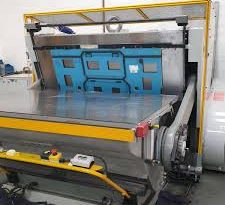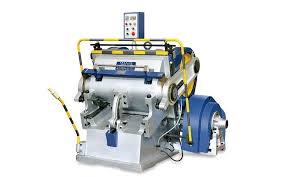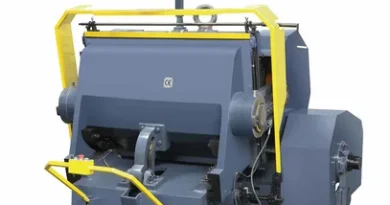Evolution of Die-Cutting Technology: From Manual to Digital
The journey of die-cutting machines from their inception to the current state underscores a remarkable evolution in manufacturing technology. Initially used for cutting leather, the technology quickly found applications in various fields, necessitating advancements from manually operated presses to highly automated and digital systems. This article explores the historical milestones of die-cutting technology, emphasizing the shift towards efficiency, precision, and the ability to handle a multitude of materials. The adoption of computer-aided design (CAD) and the integration of software for more complex and intricate designs highlight the technological strides made in die-cutting systems.
Navigating the World of Die-Cutting Machines: Types and Uses
Die-cutting machines come in various configurations, each suited to specific tasks and materials. Manual die-cutters, favored by hobbyists and small-scale operations, offer simplicity and cost-effectiveness. Semi-automatic and fully automatic machines cater to industrial needs, where speed and volume are paramount. This article delves into the characteristics of each type, providing insights into their applications, benefits, and how businesses can choose the right machine for their operations, considering factors such as material type, production volume, and precision requirements.



